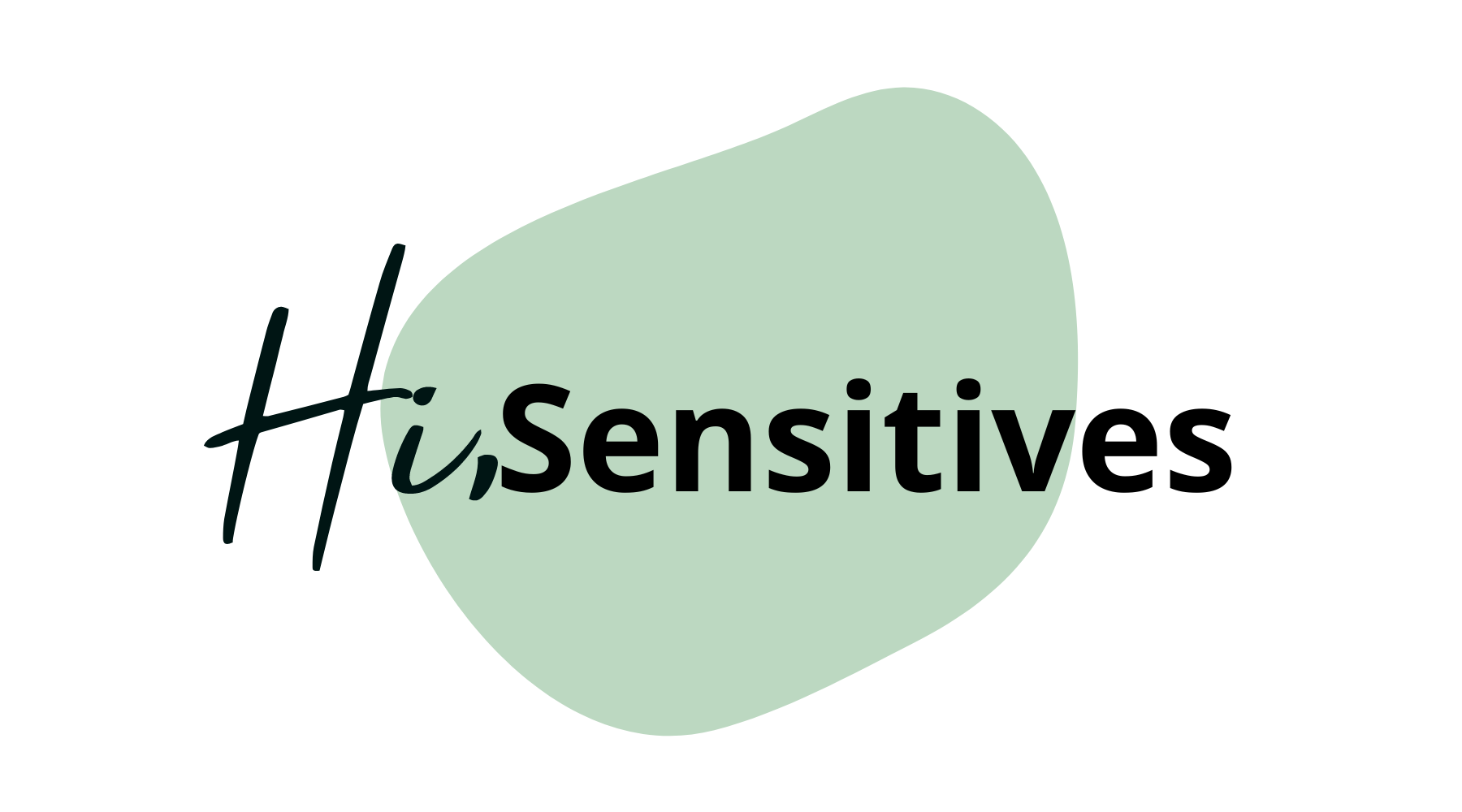It is a common misconception that people with autism cannot feel empathy. In this article, autism coach Nikki discusses whether empathy and autism can coexist.
Estimated reading time: 15 minutes
One of the things you hear a lot, is that “autistic people do not experience empathy”. “They are incapable of putting themselves in other people’s shoes”. “People with autism can’t express emotions very well.” Although that is the case for some autistic folks, it doesn’t mean that every autistic person is like that.
Autism is a broad spectrum with many different traits which all express themselves in another way. There are a lot of people with autism and empathy, and in this article I would like to share some valuable insights about this with you.
Here’s What You’ll Learn
The Origin Of The ‘People With Autism Cannot Feel Empathy’-Myth
It’s quite a persistent myth that people with autism don’t have empathy. Moreover, many people believe that they cannot understand feelings and emotions. As I said, some autistic people do have issues in this field. However, many autistics actually do experience empathy, compassion and feel a whole bunch of feelings.
Theory of Mind
You may wonder where this particular ‘autism empathy’-myth (there are many more myths surrounding autism) originates from. It had to come from somewhere.
Well, one of the reasons this myth is here, is because of the term “theory of mind” (abbreviated: “ToM”). This is one of the most popular theories about autism, which has been researched for decades. Consequently, many experts use this theory to explain the social issues that autistic people have.
In short, the “theory of mind” in autism means that autistic people have difficulty putting themselves in the perspective of the other. The ability to “read” others is also called cognitive empathy.
According to the theory, the “theory of mind” in autistics is delayed or has limited development. However, this does not mean that the “theory of mind” is absent in people with autism. Of course, one person with autism is not the other and it differs per person to what extent there are difficulties in the field of empathy.
The Sally-Anne Test
One of the first scientific studies of the “theory of mind” in autism was performed in 1985 by scientists Baron-Cohen, Leslie, and Frith. They examined the “theory of mind” of a group of children, some of whom were autistic, using the so-called “Sally-Anne” test.
This test consists of a short sketch with dolls: Sally takes a marble and hides it in her basket. She then leaves the room and goes for a walk. While gone, Anne takes the marble from Sally’s basket and puts it in her own box. Then, Sally is reintroduced and the child is asked the most important question. The faith question: “Where will Sally look for her marble?”. A question to test the theory of mind.
Since only four out of twenty autistic children gave the correct answer, the study assumed that children with autism lack “theory of mind”.
This study took place in a social setting created by non-autistic people according to their standards regarding empathy. Consequently, that influences the results. For example, an analysis of video recordings shows that the researchers did not pick up certain non-verbal empathy signals that the children with autism gave.
This made the children doubt themselves and they adapted their answers. Oftentimes, autistic children learn not to trust their own feelings. However, the interpretation of the results is also laced with neurotypical assumptions. Consequently, a researcher who thinks someone has a problem if they don’t answer by non-autistic standards is wrong – in my opinion – anyway.
If you’d like to see how they did the Sally Anne test, here is an interesting video for you:
Alexithymia
Another reason why people assume that people with autism have less empathy is because of alexithymia. A term introduced in 1972 by Peter Sifneos. Alexithymia is Greek for “no words for emotions”.
People who suffer from this are not (completely) aware of their emotions or are unable to process or express them. They also fail to recognize other people’s emotions and therefore appear less empathetic.
Rebecca Brewer and Jennifer Murphy researched the overlap between autism and alexithymia. About 10 percent of the population has alexithymia. This turned out to be 50 percent in people with autism.
Brewer and Murphy investigated whether the alexithymia or the autism causes the emotional difficulties that people often assume occur in autistic people.
To research this hypothesis, the researchers measured the empathy for other people’s pain within four groups of people. People with…
- Autism and alexithymia;
- Autism but not with alexithymia;
- Alexithymia but not with autism;
- Neither autism nor alexithymia.
It found that people with autism but without alexithymia have normal levels of empathy, while people with alexithymia, regardless of whether they have autism, are less empathetic. Consequently, autism is not associated with a lack of empathy, but alexithymia is.
But because alexithymia occurs more often in autistic people, it’s easy to just write every autistic person off as somebody that does not understand emotion and therefore cannot feel empathy. This is too short-sighted, and it upholds the myth.
A book that perfectly describes all the myths somebody with autism has to encounter, is the book ‘But you don’t look autistic at all – Bianca Toeps‘.

The Double Empathy Problem
So, we now know where the myth that people with autism don’t have empathy comes from. But there is more to the story.
Because autistics can feel emotions and they can have empathy. However, autistic people might show it in a different way than other people do. And that’s where a lot of misunderstanding gets in the way of things. This phenomenon is called the “double empathy problem”, as described by Damian Milton in a scientific study in 2012.
The “double empathy problem” assumes that empathy should be a two-way street. In reality, however, neurotypical people often don’t put themselves in the shoes of autistic people. They also have much less reason to do so, as the dominance culture is, after all, neurotypical.
As a result, autistic folks have to put in a lot more effort to understand the other and often with less result. And that’s because people without autism still assume they don’t “have to”, because of the prejudice that autistic people lack empathy.
For autistic people, this can be a heavy burden – possibly related to the psychiatric problems that many autistics have, especially those who camouflage their autistic traits.
Experiencing The World Intensely: The Intense World Theory
Furthermore, there is a theory that’s called the “intense world theory”, originating from a scientific study performed in 2010 by Kamila and Henry Markra. It’s getting a whole lot of attention, and as an autistic person – and coach I totally understand why.
This particular theory states that certain local neural networks in the brains of autistic people are hyperactive and that this is accompanied by a very strong perception, attention, memory, and emotionality.
This intense experience of the world can make it seem as if someone with autism has a limited “theory of mind”, because they withdraw themselves, or show avoidance.
However, in reality, people with autism are flooded with feelings of empathy and thoughts. Autistic people often need some processing time, to understand what they are feeling and to link it back to the world around them. I think a lot of highly sensitive people might actually relate to this.
This hyper empathy in people with autism is often not talked about a whole lot and I think we need to address this more often.
What Hyper Empathy Can Feel Like For People With Autism
To me, hyper empathy really hits home. It was the reason why I didn’t think I was autistic for a very long time. I thought I was a highly sensitive person because autistic people don’t feel such big feelings and they can’t be empathic.
However, now I know that the opposite can be true as well. Both sides can exist on the spectrum. I’m going to share some experiences from people with autism that feel hyper empathy, starting with myself:
“When I was a child, I slept with stuffed animals. Sometimes one of them would fell out of my bed when I was asleep. And when I woke up, I cried. I sobbed and felt so awful because one of my stuffed animals had to sleep on the floor, away from his friends, away from the warmth of my comforter. I always felt it deep inside. And the same goes for food now, for instance. Whenever something goes bad before I had the chance to eat it, I feel such an amount of guilt. That food didn’t get to live up to its potential. And again, I could easily cry over that.”
Yours Truly
“I can’t seem to handle world tragedies or negative news reports because I feel a highly personal connection to the pain in those people with no way to help them. It hurts me physically.”
Aiden
“When I receive bad news, my instinct is to laugh. I’m not laughing at what is said, but my body is reacting to the physical discomfort I am experiencing. I’m often not given a chance to explain before being labeled rude or weird. So now, in a crisis, I focus on how I will be perceived, rather than on healing and being myself. Being autistic means I experience so much.”
Bibi
How Do People With Autism Experience Emotions?
If you wonder how people with autism experience emotions, here are a few personal experiences:
“Emotions can feel very big. So big that they are bigger than myself. Whether it is a nice or unpleasant emotion does not matter. Being bigger than myself always feels uncomfortable. Although, of course, I would rather be very happy than very angry. It feels completely limitless and then I desperately look for limits. Literally and figuratively. Sometimes it goes so far as to hurt myself.”
Anonymous
“Emotions that arise from a negative situation and / or experience are the most difficult for me. I start rocking (from front to back), close myself off, pace myself, get restless. I often panic and become anxious about what I experience. And that can turn into a meltdown. When I am very happy I will flap, rock (from left to right), jump, hum (make noise). However, this can also end in an angry mood because I cannot process it.”
Anonymous
Can Autism and Empathy Coexist?
To answer the question in the title – “Empathy and autism, can they coexist?” – we now looked at how autistic people can experience emotions and empathy. And the conclusion is: Yes. Autism and empathy can definitely coexist, unlike what the common myth suggests.
Although some autistic people may lack cognitive empathy, they can have an excess of emotional empathy (feeling the other person’s emotions).
It is also the case that autistic folks can express their feelings and emotions in an atypical (different) way, which can create the appearance that they cannot or insufficiently empathize.
Therefore, not all autistics feel empathy or understand their emotions, but a lot of other autistics can actually feel empathy, sometimes even so much it physically hurts.
If you’d like to read more about autism, I highly recommend the following books:
Neuro tribes: The Legacy of Autism and the Future of Neurodiversity – Steve Silberman
The Reason I Jump: The Inner Voice of a Thirteen-Year-Old Boy with Autism – Naoki Higashida
Loud hands: Autistic People, Speaking – Julia Bascom
But you don’t look autistic at all – Bianca Toeps
Divergent mind: Thriving in a World That Wasn’t Designed for You – Jenara Nerenberg






